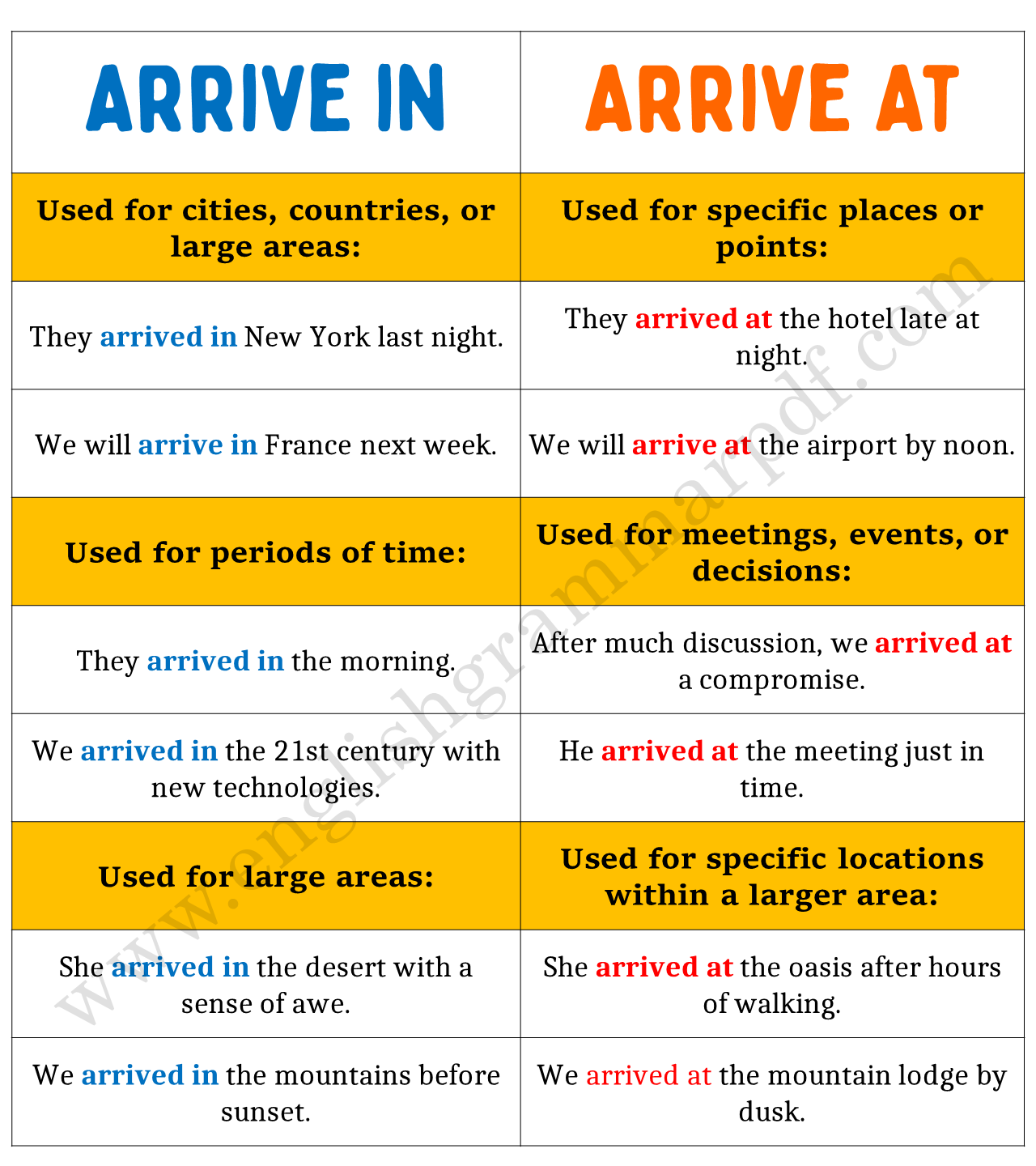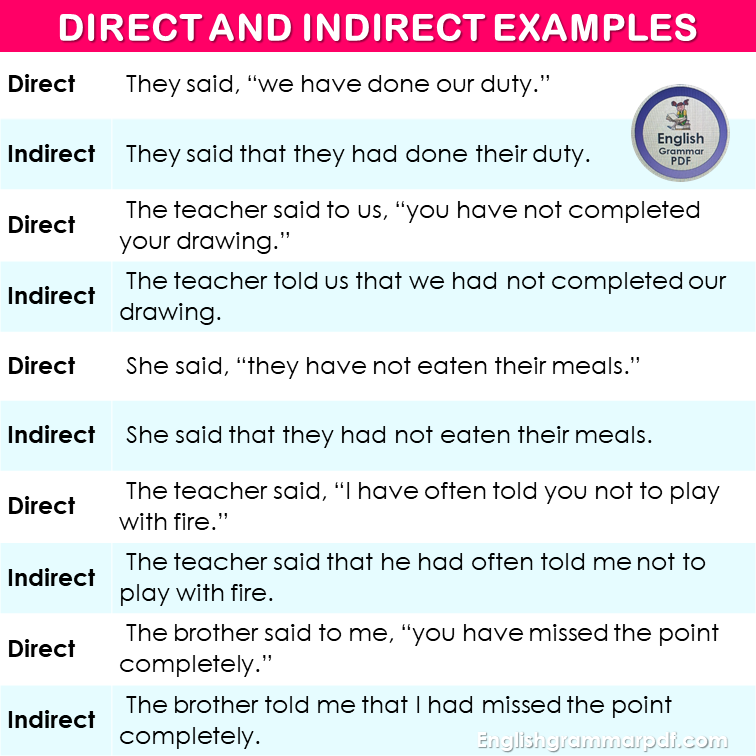Choosing between “arrive in” and “arrive at” can be confusing. Both phrases are used to indicate the act of reaching a destination, but they are used in different contexts. Understanding when to use each can help you communicate more clearly and accurately. Here’s a detailed explanation of each phrase, along with examples for every case.
Arrive in
“Arrive in” is typically used when referring to:
1. Cities, Countries, or Large Areas:
- This phrase is used when the destination is a city, country, or a large geographical area.
Examples:
- “They arrived in New York last night.”
- “We will arrive in France next week.”
- “She arrives in California tomorrow.”
2. Periods of Time:
- It can also be used to refer to periods or lengths of time.
Examples:
- “They arrived in the morning.”
- “We arrived in the 21st century with new technologies.”
- “She arrived in the winter of 2019.”
Arrive at
“Arrive at” is generally used when referring to:
1. Specific Places or Points:
- This phrase is used when the destination is a specific place or point, such as a building, event, or location within a city.
Examples:
- “They arrived at the hotel late at night.”
- “We will arrive at the airport by noon.”
- “She arrives at the office at 9 AM every day.”
2. Meetings, Events, or Decisions:
- It can also be used when talking about reaching a decision, conclusion, or an event.
Examples:
- “After much discussion, we arrived at a compromise.”
- “He arrived at the meeting just in time.”
- “They arrived at an agreement after several hours.”
Tips for Remembering the Difference
1. Think Big vs. Small:
- Use “arrive in” for large areas (cities, countries).
- Use “arrive at” for specific places (buildings, stations).
2. Time vs. Place:
- Use “arrive in” for periods of time.
- Use “arrive at” for specific locations or events.
3. General vs. Specific:
- Use “arrive in” for general locations.
- Use “arrive at” for specific points or destinations.
Conclusion
Understanding the difference between “arrive in” and “arrive at” enhances your ability to communicate your arrival details accurately. Remembering the contexts in which each phrase is used will help you make the correct choice in your writing and speech. Here’s a quick recap:
- Arrive in is used for cities, countries, large areas, and periods of time.
- Arrive at is used for specific places, points, meetings, events, and decisions.
Use these guidelines and examples to help you master the use of “arrive in” and “arrive at.”
Related: Difference between Farther and Further



